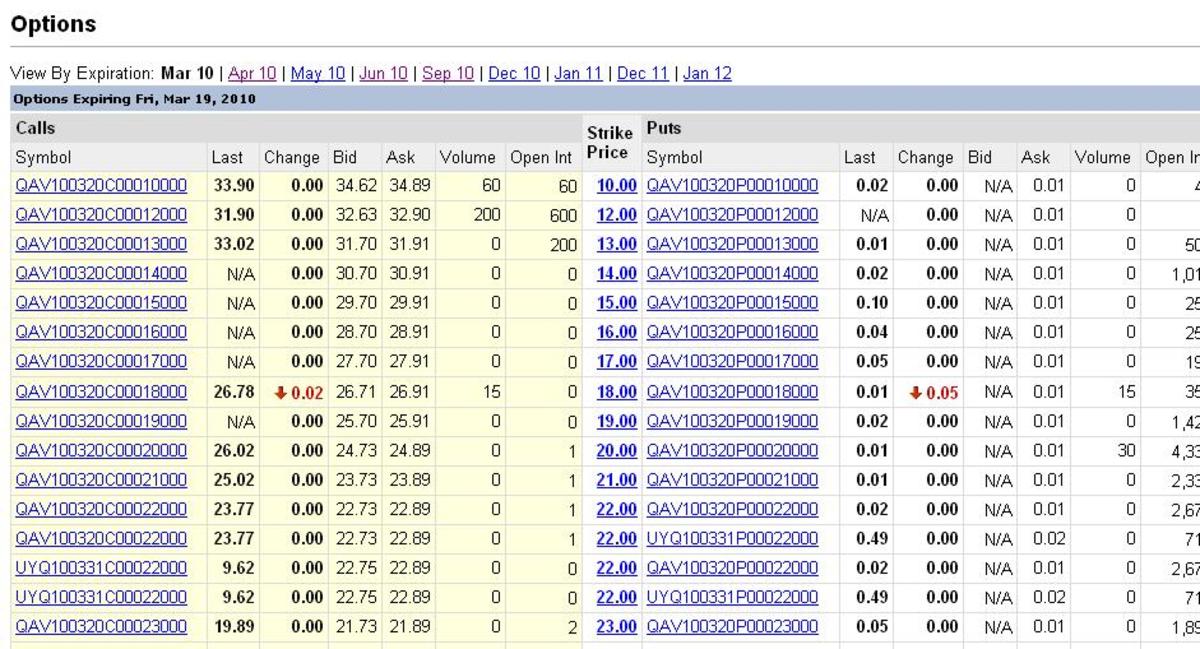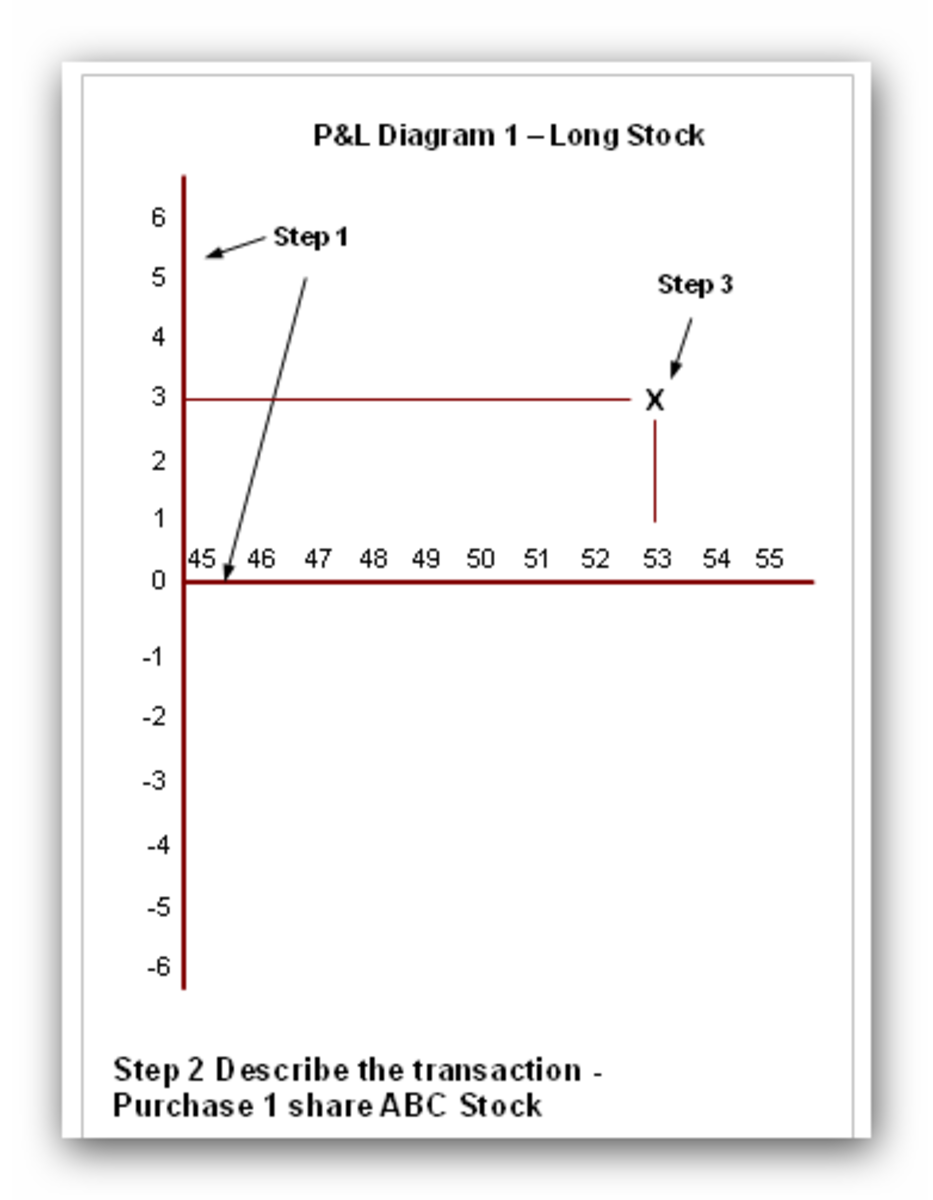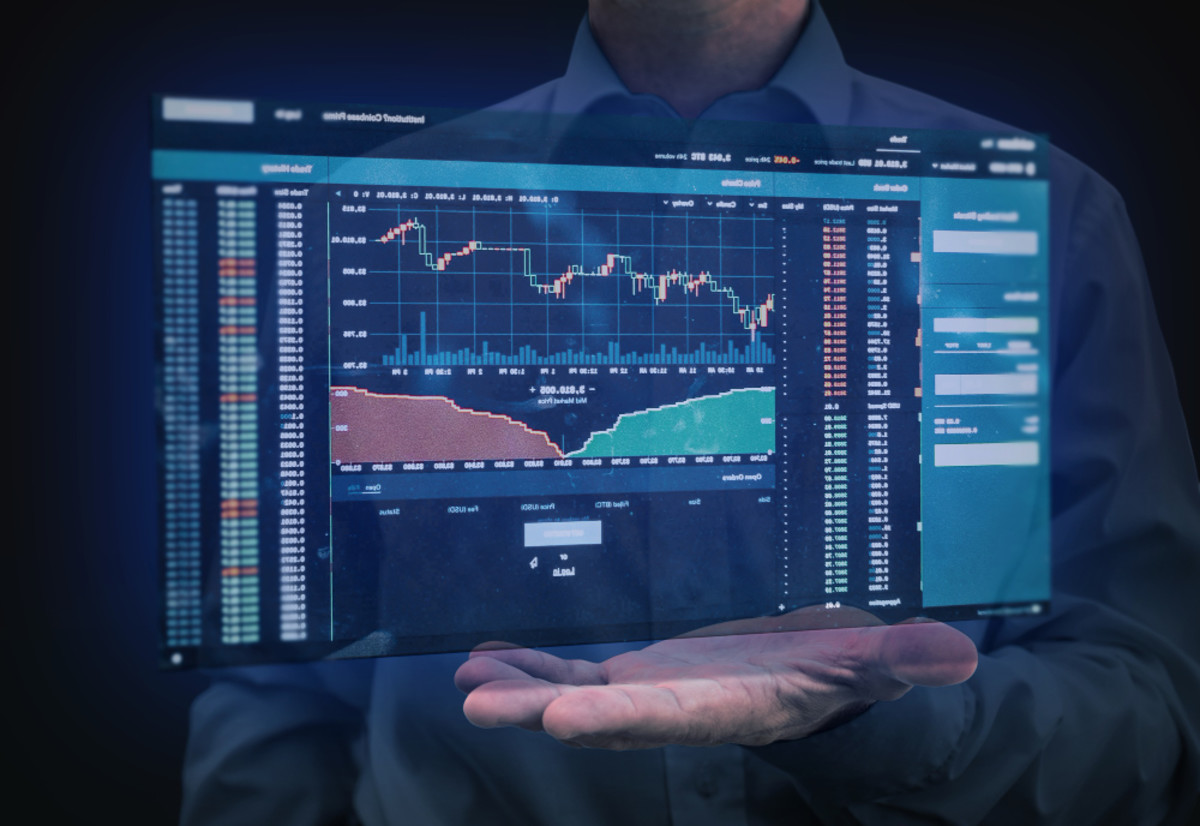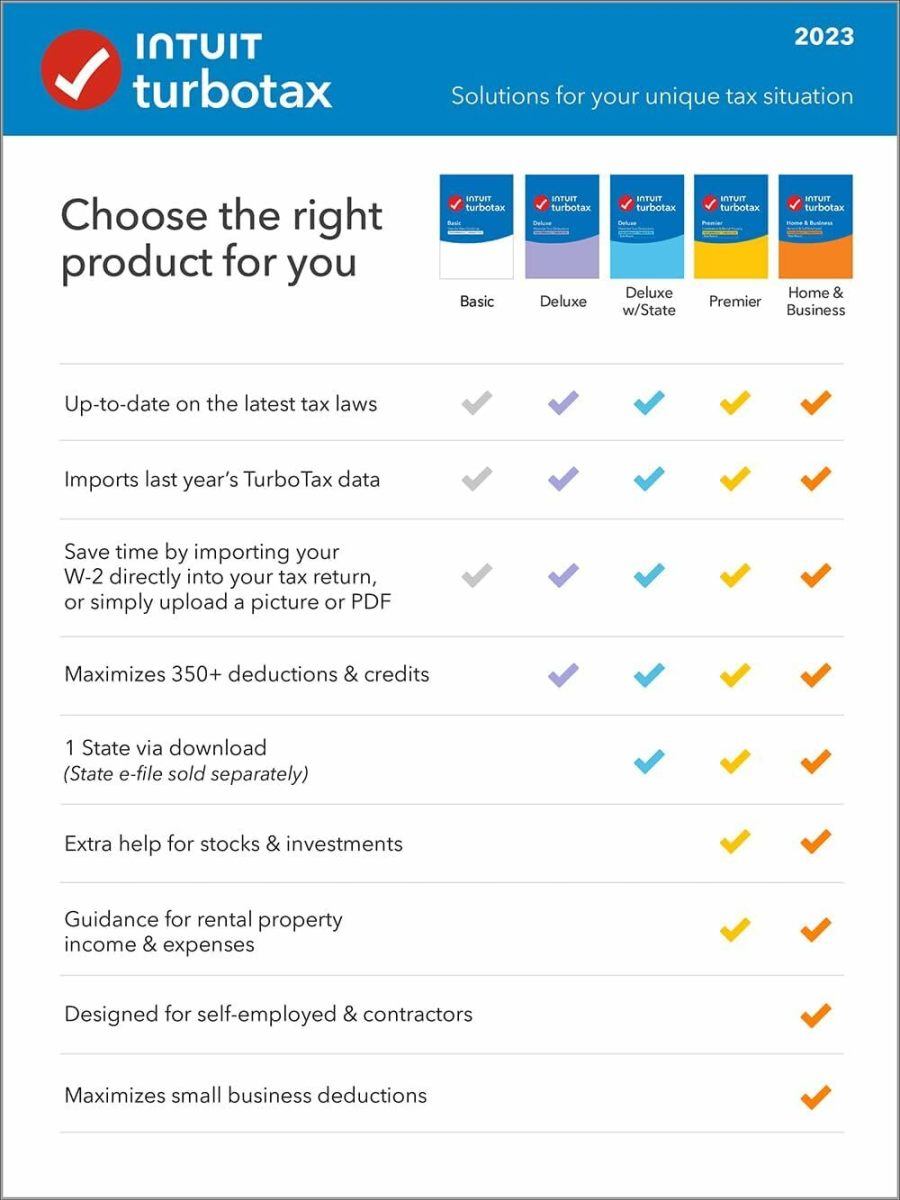Stock options: What are they and how do they work?

Basically, an option is a contract
future where buyer and seller
undertake to buy or sell
certain
amount of shares at
a price
preset. While the methodology is a
somewhat
complex, probably worth
it
internalized respect.
Go to a practical
example. To
begin
explain
the operation of a
call
option (CALL). Suppose
YPF is the
price of 40$. Market
Securities an
option to enable
YPF shares worth 40$
4
months maturity. The investor may
decide to
purchase the shares at a price
40$ each or by paying only 3
or 4$ to
have the right to buy
them
40$ each.
What is the difference between buying the action
and
have the right to
buy?. If
we decide
invest
in stocks, we own the
same and we
will be affected
by everything
it happens, whether it rises to 40$ as
if
it falls. In contrast,
if we
choose the option
40$, we
will have 4 months
to decide whether
actually
paid the 40$ or
not. Thus,
those four
months the
action can go
up to 60
weights, but we and we
reserve theright to pay by
40 which will
win
20$ for
every action we
decide
buy, however if those
4 months
base
stock at
20$, well we do
not
we
will use our right to purchase
40 and only lose 3
or 4
dollars that
we
pay for
having the right
and not the
20
we
have lost if we
had bought
direct action.
Basically what
we do is buy
right to
buy shares
at a fixed value. If
at
some point the
share price is
above that fixed price, surely
we make
money, if lower,
Our greatest
risk are
the 3 or 4$
we
pay for the
right.
Operate in reverse options
sale. Those
who wish can
commit to
sell
shares at 40$, so
pay those 3 or 4$ in
advance. Thus,
if
within the period of
4 months
the action it
less
than 40$, the
holder of the option
may
exercise its right
to sell at 40 and
counterparty is
required to pay in
change if
the stock rose
to 50, probably
decide to
sell the shares on the market
for 50$ and do
not deliver to
40 which
lost only 3
or 4
that have advanced by
the
right to
sell at 40. To
be clear,
simple, which is traded as
a right either
to buy or sell shares at a
Price default.
This commitment requires the seller (
PITCHER) to comply and
gives the option to
Buyer (OWNER) to decide
what to do.
Who
has the right
to decide is who
payable by
that law, who has
obligation to comply is who
charges that
right.
Once
we understand the
operation of
the options we
see that our factor
principal is
the time since
the choices
have a validity period (eg 4 months)
such
time the
option expires, by
which
is a short-term
investment, with
a
high rate
of risk and obviously
very
high.
The main game takes
place in the
options is
to
try to multiply those 3 or 4$
are
payable in
advance. Those
who have
purchased options base
40$,
benefit with
an increase in the paper
over those
40$, since the right
for which they paid 3 or 4$, maybe
cost 6$ now. Thus we
see as a
up to 4$ on
paper represents
10
% improvement, but the same rise in
options represents 100%, since the
paper rose
from 40 to
44, but the choice of
4 to 8
pesos.
That
is why the options have high
volatilities are high risk and
involve high profits. We
must be
clear that
at expiration, the options disappear
which the
possessor must
decide whether
change the price per
share paid
provided or simply do
nothing
losing 4$ paid for
advance. Here
is a description of a
option:
Price of the shares
of YPF = 40$
YPFC40 option price, 0DI = 4$
Meaning
of the abbreviation: Species:? YPF
Type = Purchase option (call) = 40 fixed
price
pesos, Due = December.
4 weight value is a
preset
, but moves by supply
and demand
is directly related
to the
time
remaining until maturity. A higher
longer
time value, and as it
approaches
maturity, the
sum of
the price
option (premium) plus the fixed cost base
(exercise price) tends to be
equal to
trading
price of
the paper. Therefore,
while YPF cost 40$ per
share,
fixed
base 40 option cost 4$ missing
months to maturity, but will
cost 0
reached maturity.
Why 4
months before and then it applies
both
0?.
It
is simple, what we
buy to pay
4$ is the time and expectation, as
that time
is running out and
the expectation
decreases, the investor
interest for
it
is
lower and the
price also, conversely,
when
the expectation is higher, the price
rises
even though the
reduction in hours.
What is my benefit when operating in options?.
First,
there is a
need for a
large volume of money because
options are of little value. In second
ability to to
multiply the
amount is
much
greater than doing
so with actions
but
obviously the risk is higher.
How I
can win?.
The
percentage of
profit is unlimited, the
more up action in
the duration
(e.. 4
months), the
more you win. But
obviously
if
the action does
not rise in those 4
months will
suffer
loss of premium paid.
Why should pay 4 dollars for later
40 if
you buy today I
can buy at
40?.
Simple, if the
quote of YPF
down, only to lose the 4 weight forward and
will not suffer any down because the
paper.
"I can buy and sell options?.
Yes, that's basically what the
investor makes to keep
its
position. The
options are very dynamic
and
are
constantly changing prices
According to
the movements
of the papel.Por
both during a
single day can
be
buy and sell options as
many times
good wishes and differences in only
minutes.
"Can I operate in options?.
Anyone
can do
it, we
should only have
absolute awareness of
the cost benefits
to which
we are
exposed and have
the advice
right to
be informed
absolutely anything can
happen
with them .-
Can you
strategize with several
options?.
Yes, and in many cases,
the strategies we
can
cover on any
abrupt market movements are
either
a
safeguard against strong
base, upload
strong or stable markets. The
combination
between two or more options allows
us to play
for
or against the market
move
and somewhat limit our
risk.
read the whole series (:
http://hubpages.com/hub/What-are-The-Stock-Exchange-and-the-market
http://hubpages.com/hub/What-are-the-actions
http://hubpages.com/hub/What-are-bonds
http://hubpages.com/hub/What-operations-can-I-perform-on-the-stock-market








